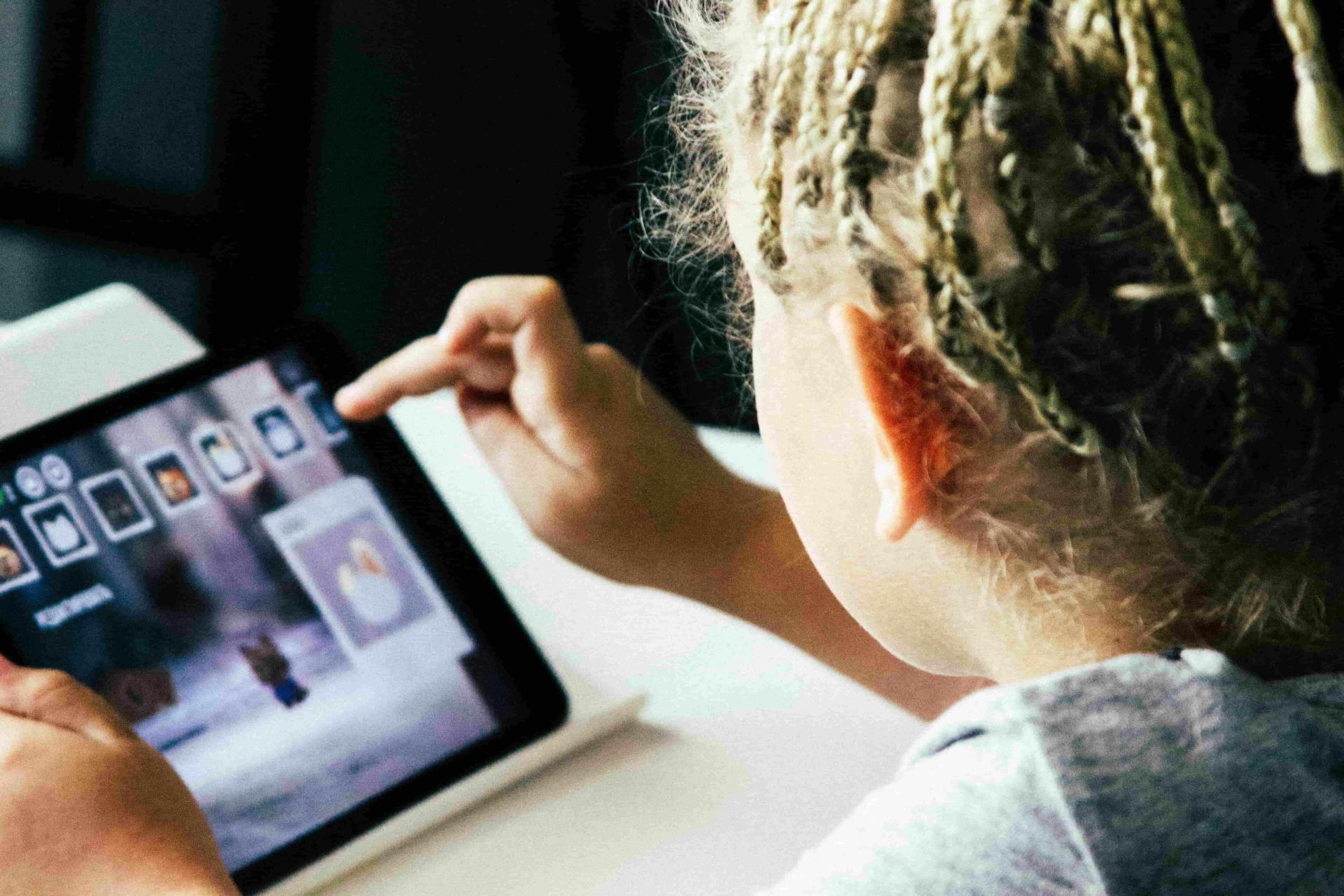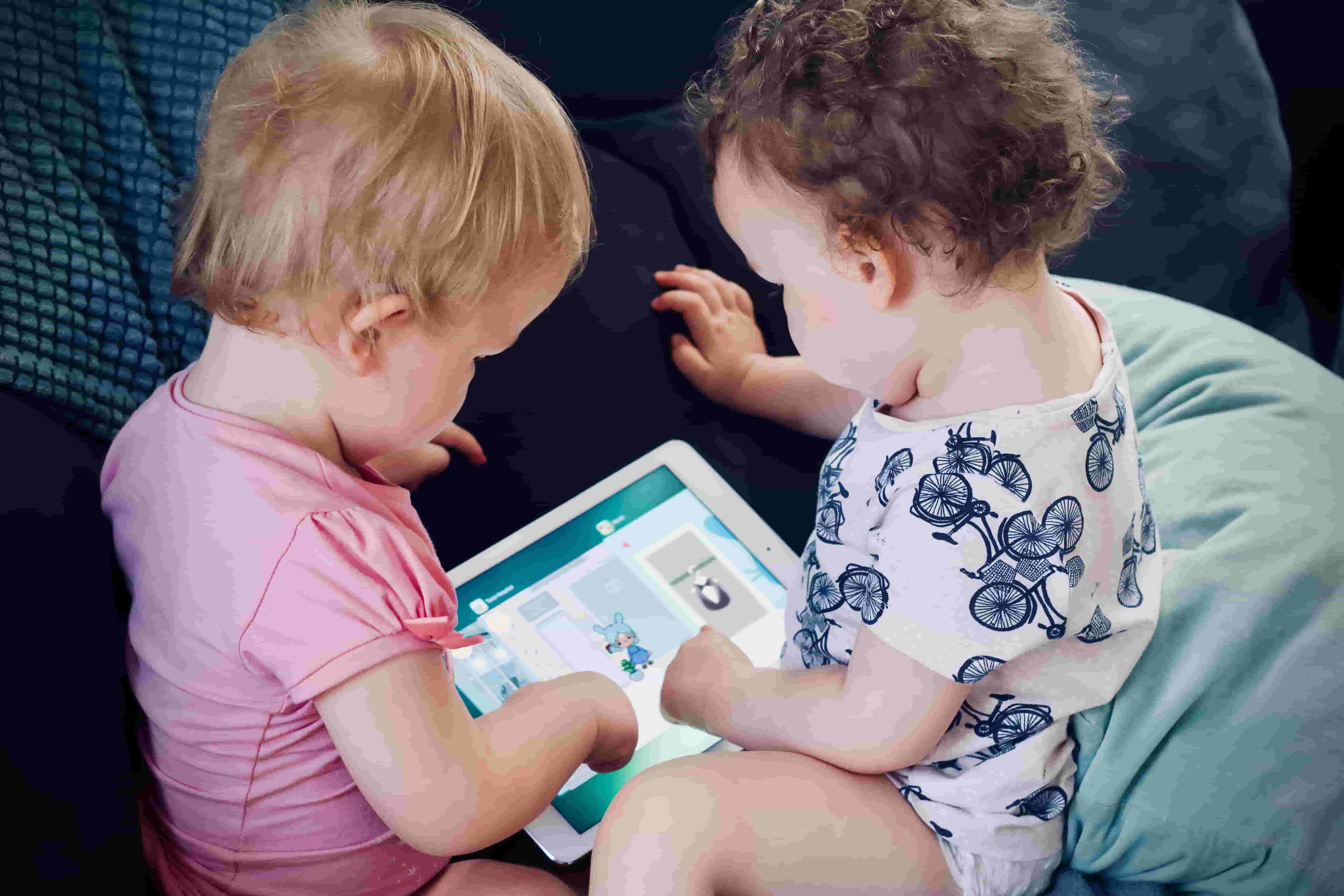How To Help Kids Balance Learning, Play and Screentime
updated on Dec 6, 2019

Former teacher and children’s learning app founder, Daniel, shares his thoughts on the benefits of learning through play
Play is an important part of growing up. It’s not only important for ensuring children can relax and decompress outside of the pressures of school, homework, exams, and time spent with their peers, but also lays the foundation for literacy, learning, improved communication, and more.
Yet more and more children are beginning to feel educational pressures from a young age. According to one YouGov survey in early 2019, 96% of teachers are concerned over the wellbeing of their pupils due to high pressure from tests. A further 93% feel that English and Maths are prioritised to the detriment of more creative subjects such as art, music and drama.
School pressures aren’t the only hurdle children and parents face. Studies have linked more time spent on screens with lower feelings of wellbeing for children as young as two, and concerns over social media use by young people have lead to new government guidelines, as well as internet and screentime guidelines for kids from mental health experts. Finding a balance during term time can be tricky, let alone over the holidays. But, could gamification be the answer?
Studies into gamification (the application of elements of game playing into other areas of activity to encourage engagement) and adults have shown that 90% of us find it can help us get better results, with 87% saying it makes them more productive. Could gamifying the learning process help encourage children in similar ways?
As parents, we want to help our kids balance relaxation, free play, and learning. We spoke with Daniel Senn, former teacher and founder of Poio (an app that’s taught over 100,000 Scandinavian children to read via immersive play), about his thoughts on how gamification can help kids keep learning whilst still balancing screentime. Daniel shares his thoughts.

The benefits of learning through play
When it comes to learning anything ‘compulsory’, from reading and writing through to maths, most children have to be wrangled by parents and teachers to study and do their homework. However, a new method of learning has emerged, encompassing education, play and technology, to inspire children to learn these fundamental skills through gamification, making the entire learning process fun, and something that children look forward to.
Children stay motivated
For most children, ‘learning’ or ‘studying’ are words that are automatically associated with something compulsory, and therefore, not fun. However, if you encourage them to learn fundamental skills like reading through play, it will make them feel like doing so is their own choice, and that reading is something enjoyable that they get to do, as opposed to something difficult they are made to do.
The ability to choose an activity will automatically make your child feel more empowered and determined to persevere with the task at hand. I also believe that all children are different, and will learn in different ways, so adapting a learning style to your child, and allowing them to have fun with it, is another great way to ensure motivation!
They learn to communicate
Any form of play, whether guided like in the case of Poio, or independent, solitary or group, encourages children to communicate, listen and articulate thought. When it comes to learning to read through play, your child will speak the words they’ve learnt aloud, while also articulating any difficulties they might have.
One of the key benefits of reading is that it improves and grows our vocabulary, which is especially important for children who are just starting to engage with and explore the world around them. Additionally, speaking to your child and discussing the new things they’ve learnt will encourage them to practice their communication skills, build a deeper understanding of the material they've learnt and help them remember it better!
Learning through play makes children more confident
When it comes to learning a new skill, children can find setbacks and mistakes really demoralising, especially if they make the same mistake more than once. Encouraging your child to learn via play changes the way that they view mistakes - instead of seeing them as something that they could be punished for, mistakes simply mean having another go at the challenge.
This is especially important when it comes to fundamental skills like reading, as children will inevitably make mistakes as they learn. Gamifying the process means that you give them the encouragement and confidence they need to keep trying until they succeed, while also helping them develop a growth mindset.

It assists critical thinking
Both reading and playing engage the part of the brain that is responsible for attention, memory, control and critical thinking. When you gamify the reading process, you ask your child to contextualise what they read and apply it to their immediate environment, which will help your child sift through the information more efficiently, and practice their critical thinking skills!
A note on screen time…
The debate around the negative effects of screen time and social media has been ongoing for a number of years, with the majority of the criticism aimed at the addictive nature of social media platforms, as well as the negative impact that blue light has on a child’s sleep quality.
I do think that parents should closely monitor children’s use of technology, and ensure that when technology is used, it is done so to benefit the child and their development. A simple way to do this is to ensure that your devices carry time limitations, parental controls and that the apps and games installed have been chosen by you.

It is also worth pointing out that as a parent, you should spend time researching the apps you want your child to interact with - go for apps that are both educational and entertaining! If the app or game chosen by you doesn’t appeal to your child, they will be very unlikely to use it going forward. However, if the app teaches them something new and appeals to them as an individual, they are guaranteed to progress and have fun at the same time.
While there is no definite answer to exactly how long children should spend in front of a screen, it is important to set limits and practice good habits. Set your own rules for how long your child is allowed to sit in front of a screen each day, and make sure you stick to them.
Get into a good routine, such as making sure all phones and tablets are put away during meal times. Another easy rule to follow, which will help your child get a good night’s sleep, is to turn off any phones or tablets at least an hour before bedtime. This can be beneficial to your quality of sleep too.
Additionally, if you are using technology as a learning device, then make sure to speak to your child about what they learnt while they used the gadget - not only does this improve retention, but it also gives you and your child the opportunity to spend quality time together!
Fundamentally, today’s children will grow up using technology in their daily lives, and it is the parent’s responsibility to ensure that these early interactions with tech are positive, educational and enriching, allowing the child to develop and learn skills that they will use throughout their lives.
Three apps to help kids learn
If you are looking for educational apps to introduce kids to but are unsure where to get started, we’re here to help. Try these three apps to help children learn to read, discover the basics of saving and investment, and study core subjects in engaging ways.
Poio a Norwegian app that helps children learn to read through play. Poio launched in the UK in mid 2019. According to statistics from the Department for Education, one in five children left primary school unable to read or write properly in 2018. Poio hopes to decrease the number of children struggling to read. Designed for children aged four to five, Poio also works for kids aged three to eight.
Gimi is a smart way to teach children about saving and investment. Designed to help children to keep track of their pocket money, payment received for doing chores and savings, it has been developed using scientific methods, with the help of researchers and pedagogues.
Gimi prepares young people for life’s financial challenges, and makes saving fun and rewarding! The tool is recommended for use by kids aged seven and up.
Quizlet is one of the world’s leading user-generated learning platforms and apps. Each month, Quizlet is used by over 50 million learners, giving users access to over 300 million different study sets.
As well as seven different study modes, Quizlet Live gamifies the whole learning experience, allowing learners to challenge both their friends or parents as they go through the study sets. Parents can also sign up to Quizlet, creating fun study sets for their children, allowing them to monitor and reward their progress as they go.

